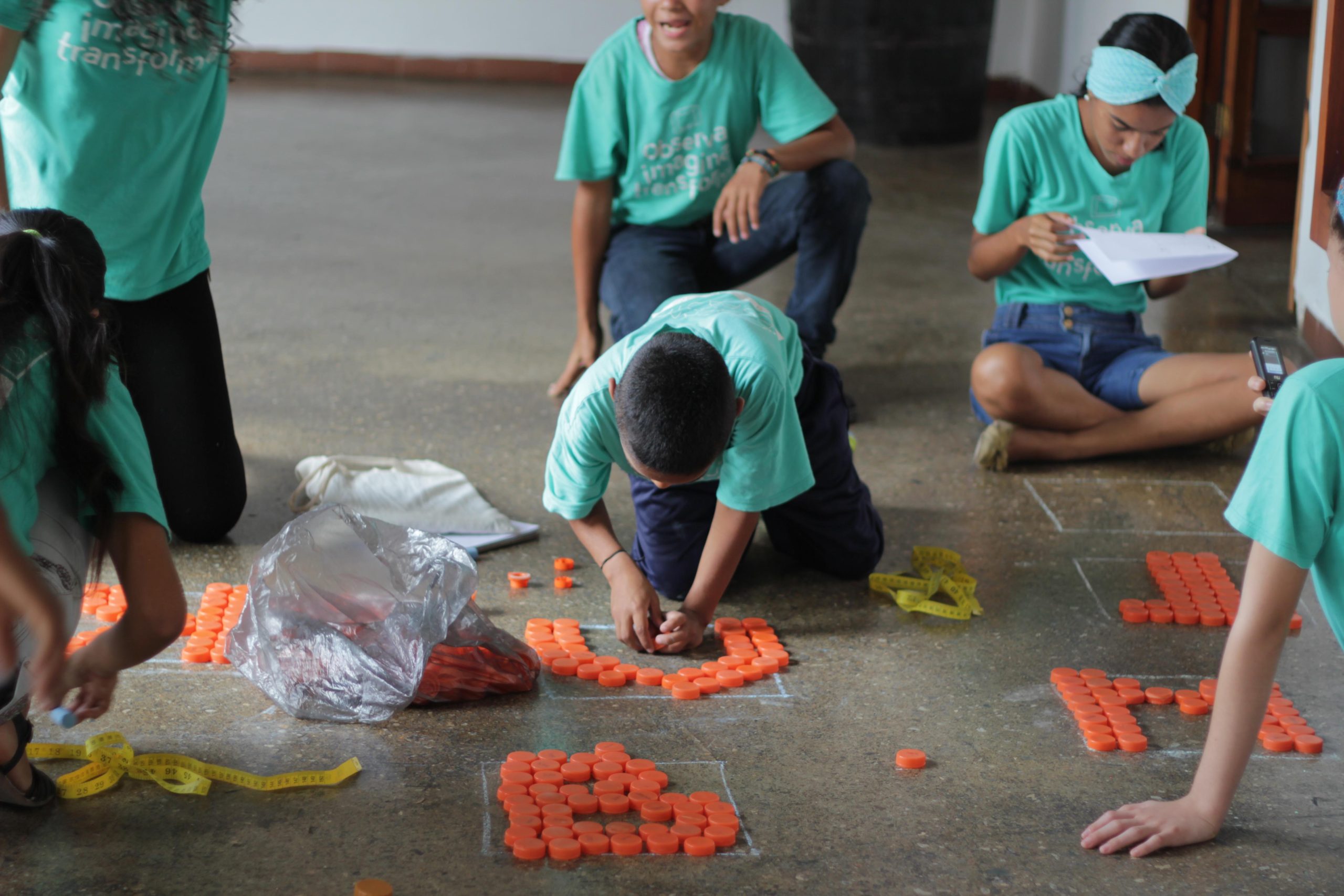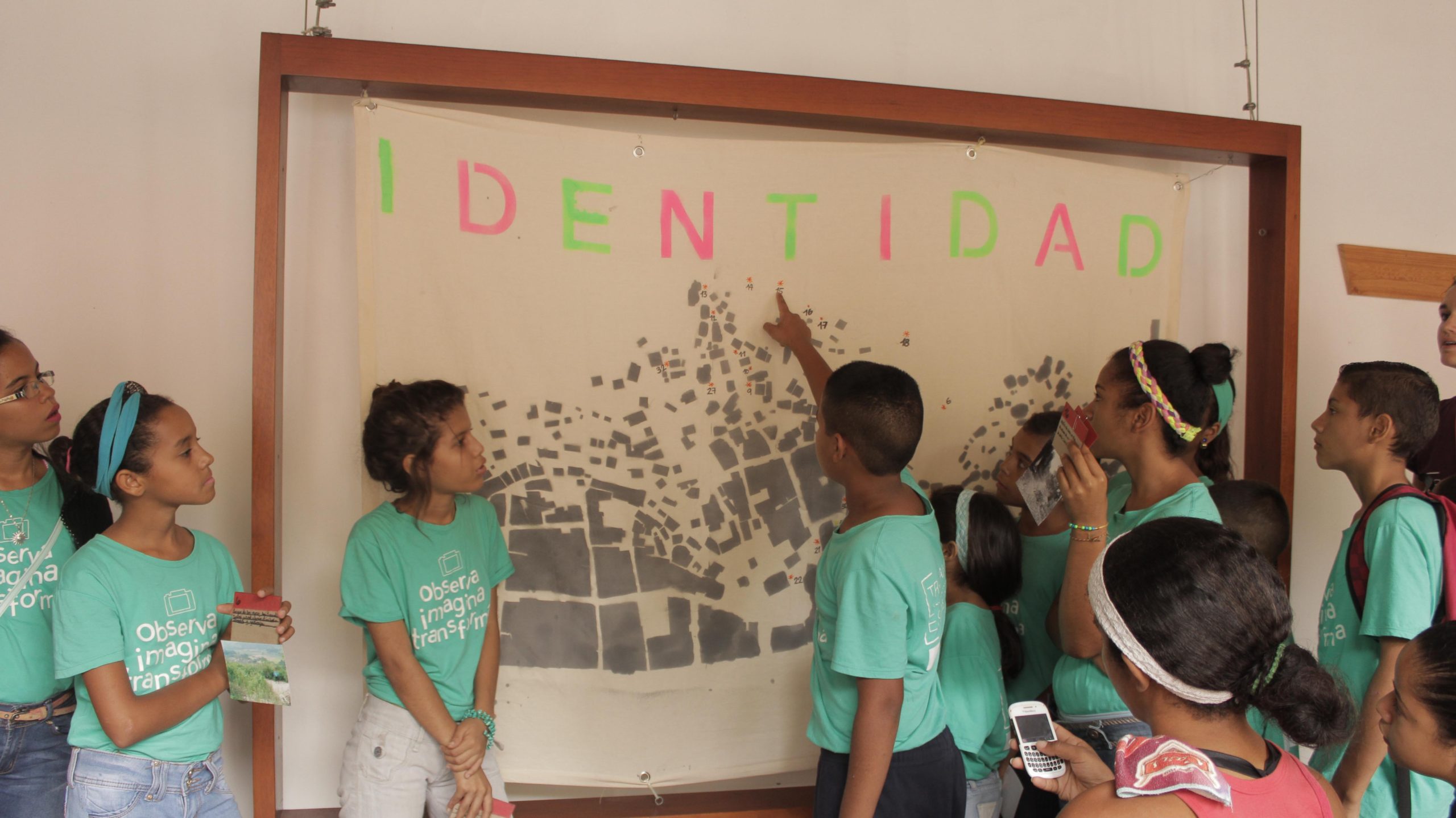Corner of the Train
PLace
Juan Moreno IV, Edo. Aragua, Venezuela
Date
diciembre 10, 2016
Category
TPSAbout This Project
On this occasion, Tracing Spaces, in partnership with the Santa Teresa Foundation developed a Macro workshop in the community of Juan Moreno with the participation of 18 young people from the area between the ages of 9 and 15, taking place during the months of July through December 2016.
In the first phase of the workshop, «Observe», the students learned how to read and use a map of their community, making journeys and photographing the existing public spaces and looking attentively for any space that had the potential to be transformed. Based on the photographs, the students, together with the community, chose to intervene » The Corner», a space that the community’s children use to play in the street.
In the second phase, the students began to «Imagine» what could happen on that corner. At this stage, the participants learned to use tools like the measuring tape, so as to draw in scale and maintain proportions. Then the youth carried out surveys with the neighbors to see what the needs were of the area and subsequently made models of the chosen space to express their ideas and show their proposals for transforming the community.
For phase three of the workshop, «Transform», the Tracing Spaces team used proposals selected by the students with the help of the community and designed a project transforming the ideas of the participants into plans and construction details.
The completed project has 3 components: a vegetable garden, built in what was once an abandoned space accompanied by a rail, built by students with recycled wooden pallets, a «train» built with solid bricks, wooden pallets and recycled tires, accompanied by a wall to write on with chalk, and finally, a floor with letters of the alphabet made with recycled plastic bottle caps, this proposal being made by one of our students, with the intention of teaching the neighborhood youngsters to read and write.
This workshop had the support of more than 25 volunteer facilitators: architects, photographers, engineers, educators, and lawyers, as well as the participation of the local masons for the construction of the project.



